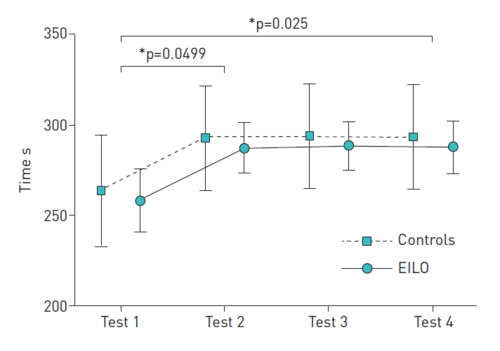A new study suggests that continuous laryngoscopy during exercise (CLE) with visual severity grade scoring may not be the most robust or reliable method of classifying the severity of exercise-induced laryngeal obstruction (EILO).
The study, published in ERJ Open Research, assessed the precision of this method by evaluating the test–retest reliability of CLE and both inter- and intra-rater variability.
Researchers analysed data from a prospective case-control study of 20 participants, including 16 cases and four controls, who completed four consecutive treadmill CLE tests. Laryngoscopic video recordings were anonymised and graded by three expert raters; videos were re-randomised and re-rated to assess intra-rater agreement two months later.
Data from the re-evaluations suggested poor levels of agreement between expert raters; inconsistencies observed in approximately two-thirds of participants were so significant that they could result in clinically relevant changes in diagnosis over the course of the four CLE tests.
The authors suggest that this data is significant because CLE is the primary diagnostic assessment of patients with EILO, and argue that inaccurate diagnosis can impede the delivery of effective targeted treatment.
The authors suggest that alternative, fully objective methods are required to ensure that the severity of EILO is characterised consistently both in clinical practice and in studies reliant on robust outcome measurements.





